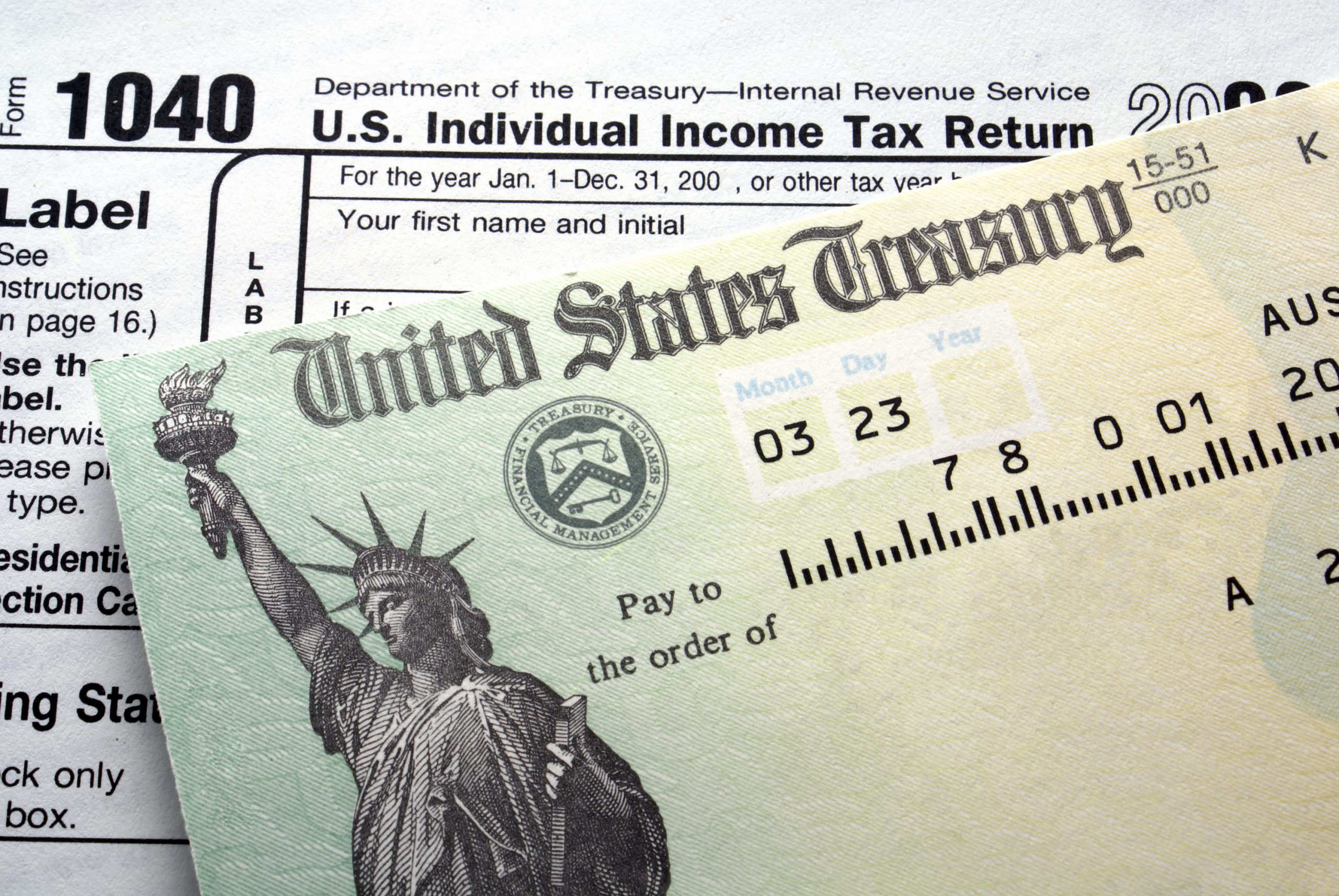
Tax policy is a crucial component of any political campaign, but as important as taxes are to many voters, they’re not easy to understand. Expert analysis comes in handy, but due to the complex nature of tax policy, even that can be puzzling.
Take, for example, recent joint research from the Urban Institute and Brookings Institution. Researchers from the left-leaning think tanks’ tax policy centers assessed the tax plans from Democratic presidential candidates Hillary Clinton and Sen. Bernie Sanders. Together, they include about 80 pages of analyses, describing various ways the candidates’ policies could affect the economy, businesses and individuals. If you want to dive deep into the details (at least, the ones that the campaigns have provided so far), these analyses are worth a read (the Clinton analysis is here and the Sanders analysis here). Here’s a quick look at how Sanders’ and Clinton’s tax plans compare.
On Tax Complexity
The research concluded that Clinton’s proposals make the tax code more complex, particularly for high-income taxpayers, while Sanders’s plan would simplify taxes in several ways.
As with the current tax code, the amount of new taxes Clinton and Sanders propose depends on how much money you’re working with in the first place, which makes it really difficult to concisely summarize every aspect of their plans. And not all parts of their plans have a direct point of comparison in the other candidate’s plan. For example, Sanders proposes a carbon tax, while Clinton proposes eliminating fossil fuel incentives.
Digging into the taxes on businesses adds another layer of complexity that, while not independent of consumers’ tax concerns, can be a bit more difficult to trace back to individual impact.
On Revenue
The research estimates Sanders’ proposals would increase federal revenue by $15.3 trillion by 2026 and an additional $25.1 trillion by the second decade they’re in effect. Sanders has outlined plans to use these revenues to pay for his major initiatives like free college and Medicare for All.
“The plan is unlikely to do much, if anything, to reverse the currently unsustainable path for public debt,” the researchers wrote.
Researchers estimate Clinton’s policies would increase federal revenue by $1.1 trillion in the first decade and another $2.1 trillion through 2036, which would “reduce future deficits and slow, somewhat, the accumulation of public debt,” the researchers wrote. However, Clinton has hinted at proposals-to-come on a tax cut for low- and middle-income households, making it difficult to assess how her plans will affect the federal deficit and the economy.
On Estate & Gift Taxes
Both Clinton and Sanders propose raising the estate tax from 40% to 45%, though Sanders’ plan employs a graduated surtax on estates exceeding $10 million. Both also propose increasing gift taxes.
On Capital Gains
Both Clinton and Sanders propose taxing capital gains at the same rate as ordinary income taxes.
On Take-Home Pay
Clinton and Sanders have each proposed tax increases that would reduce workers’ take-home pay to at least partially pay for services that would theoretically reduce some financial demands on household income, like saving for college and healthcare costs. (If you’re worried about how student loan or medical debt are impacting your credit, you can get a free summary of your credit report every month on Credit.com.) The research concluded that both proposals would decrease incentives to save and invest, though that would mostly apply to only the high-income taxpayers in the case of Clinton’s plan.
Sanders’ proposals would raise tax burdens by an average of $9,000, resulting in a 12.4% cut in after-tax income. It’s higher for the highest income earners and vice versa.
Clinton’s tax plan would mostly hit the highest earners. The top 1% of earners, or those with incomes greater than $730,000 (in 2015 dollars), would see a 5% cut in after-tax income in 2017, while taxpayers outside the top 5% of earners (people earning less than $300,000 in 2015 dollars) “would see little change in after-tax income.”
This article originally appeared on Credit.com and was written by Christine DiGangi.










